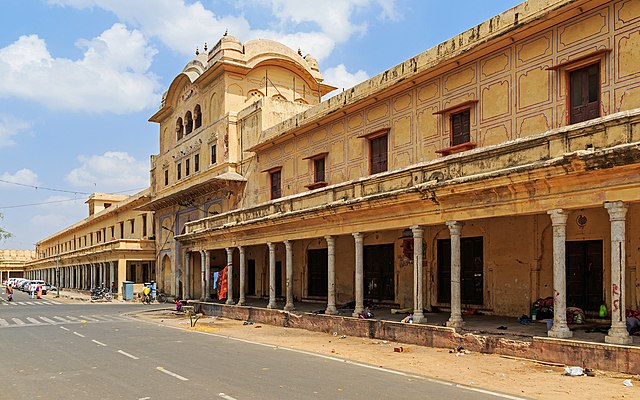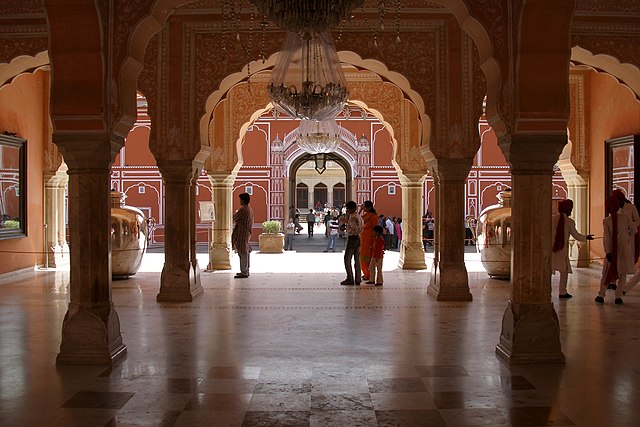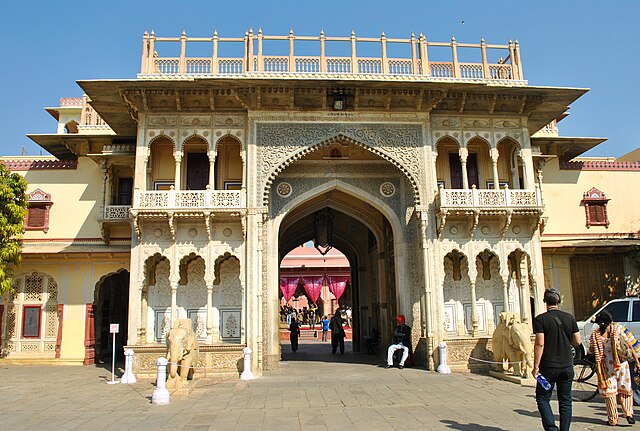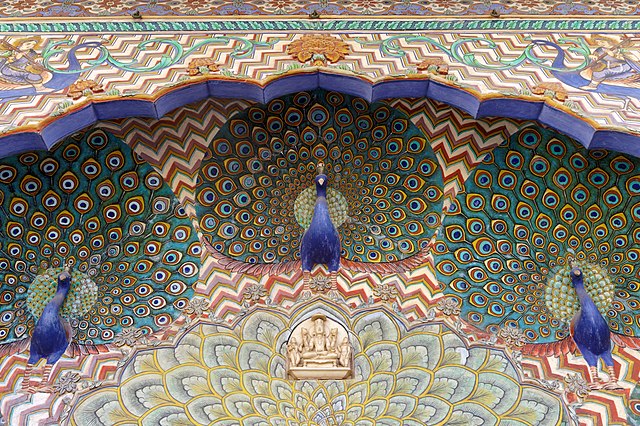Jaipur, the capital of Rajasthan, is known as the “Pink City.” Founded in 1727 by Maharaja Sawai Jai Singh II, it served as a strategic choice for a new capital. The city’s layout follows a grid pattern, designed by the architect Vidyadhar Bhattacharya. This planning reflects the principles of Vastu Shastra, a traditional Indian system of architecture.
Get your dose of History via Email
Historical Significance

Jaipur has deep historical roots. It was a major center for trade and commerce during the 18th and 19th centuries. The city played a crucial role in the Maratha and Mughal empires. Notably, Maharaja Jai Singh II was an accomplished astronomer. He built several observatories, known as Jantar Mantar, to study celestial bodies.
Architectural Heritage

Jaipur showcases remarkable architecture. The City Palace, a blend of Rajput and Mughal styles, served as the royal residence. Within the palace, the Chandra Mahal and Mubarak Mahal are noteworthy. The Hawa Mahal, or Palace of Winds, features 953 small windows, allowing royal women to observe street life without being seen.
The Amer Fort, located on a hilltop, offers stunning views of the city. Its intricate design includes large courtyards, impressive gateways, and beautiful gardens. The fort’s architecture reflects a blend of Hindu and Mughal styles.
Cultural Importance

Jaipur is rich in culture. It hosts several festivals, including Teej and Gangaur, which celebrate local traditions. Visitors can experience traditional Rajasthani music and dance performances, showcasing the region’s vibrant heritage.
The city is famous for its handicrafts. Artisans produce textiles, jewelry, and pottery using traditional techniques. The Johari Bazaar and Bapu Bazaar are popular markets for these crafts. Tourists can find unique souvenirs and experience the local economy.
Economy
Jaipur’s economy thrives on tourism, handicrafts, and textiles. The city attracts millions of visitors each year. Major attractions include forts, palaces, and museums. Tourists contribute significantly to the local economy.
The textile industry also plays a vital role. Jaipur produces a variety of fabrics, including block-printed textiles. The city is known for its vibrant colors and intricate patterns, attracting both domestic and international buyers.
Transportation
Jaipur has a well-developed transportation system. The city is accessible by air, rail, and road. The Jaipur International Airport connects the city to major Indian cities and international destinations. The railway station serves as a hub for several important train routes.
Within the city, auto-rickshaws, taxis, and public buses provide convenient transportation options. The introduction of a metro rail system has improved urban mobility. This development addresses the growing population and traffic congestion in the city.
Conclusion
Jaipur stands as a testament to India’s rich history and culture. Its architectural wonders, vibrant markets, and lively festivals attract numerous visitors. The city’s historical significance and ongoing economic development make it a crucial part of Rajasthan. As a UNESCO World Heritage Site, Jaipur continues to preserve its heritage while adapting to modern challenges.
Source:

